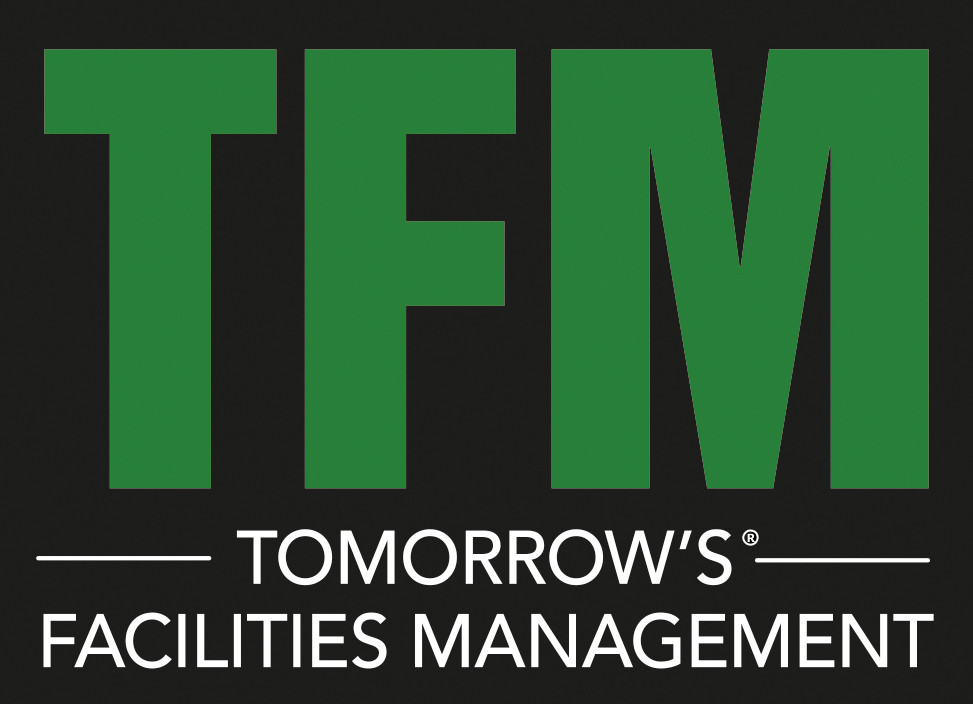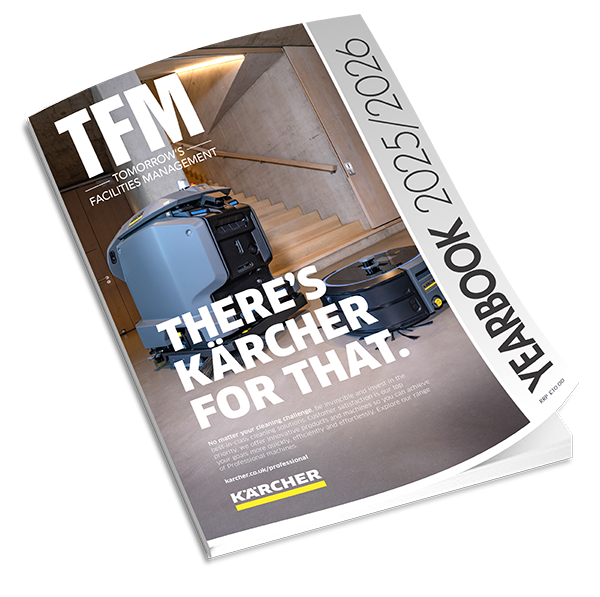According to the ‘Review of the Sustainability of Existing Building’ report in 2006, 80% of the built stock we will occupy in the UK will still be in use in 2050. By this date, the UK has been mandated to reduce greenhouse gas emissions by at least the same percentage (from the 1990 baseline).
It is widely accepted that this percentage is applicable to most economically-developed countries. This means that we will be asset maintainers rather than creators of new assets. These assets will require operational maintenance and capital lifecycle investment to ensure building condition and performance is maintained. The energy efficiency of a building correlates closely to poor maintenance and the quantity of backlog maintenance. Buildings have an important role to play in reducing CO2 emissions and the use of natural resources in space heating and cooling and lighting.
Buildings emit 40% of all greenhouse gases, so deep energy renovations that tackle both inefficient and unresponsive mechanical and electrical installations and leaky building fabric is essential. The insulation and air tightness of a building directly impacts the success of any smart responsive upgrades to the HVAC systems.
RICS will soon release its Component Life Cycle Tool, which compares different fabric components in terms of their capital and lifecycle costs over their service life. However, alongside this users can consider environmental factors of material selection, making their buildings more efficient and contributing to reducing emissions. The Component Life Cycle Tool provides the embodied CO2 and equivalent greenhouse gas emissions per product. Built environment professionals will be able to make evidence based decisions regarding fabric component selections.
We have to reduce greenhouse gas emissions by almost 625 million tonnes (from the 780 million recorded for the UK in 1990). Built environment professionals will need support to enable them to decide the most efficient means to operate their built environment stock in the longer term. The Component Life Cycle Tool offers this in a standardised method with independent data ensuring secure benchmarking and decision making capability.

































